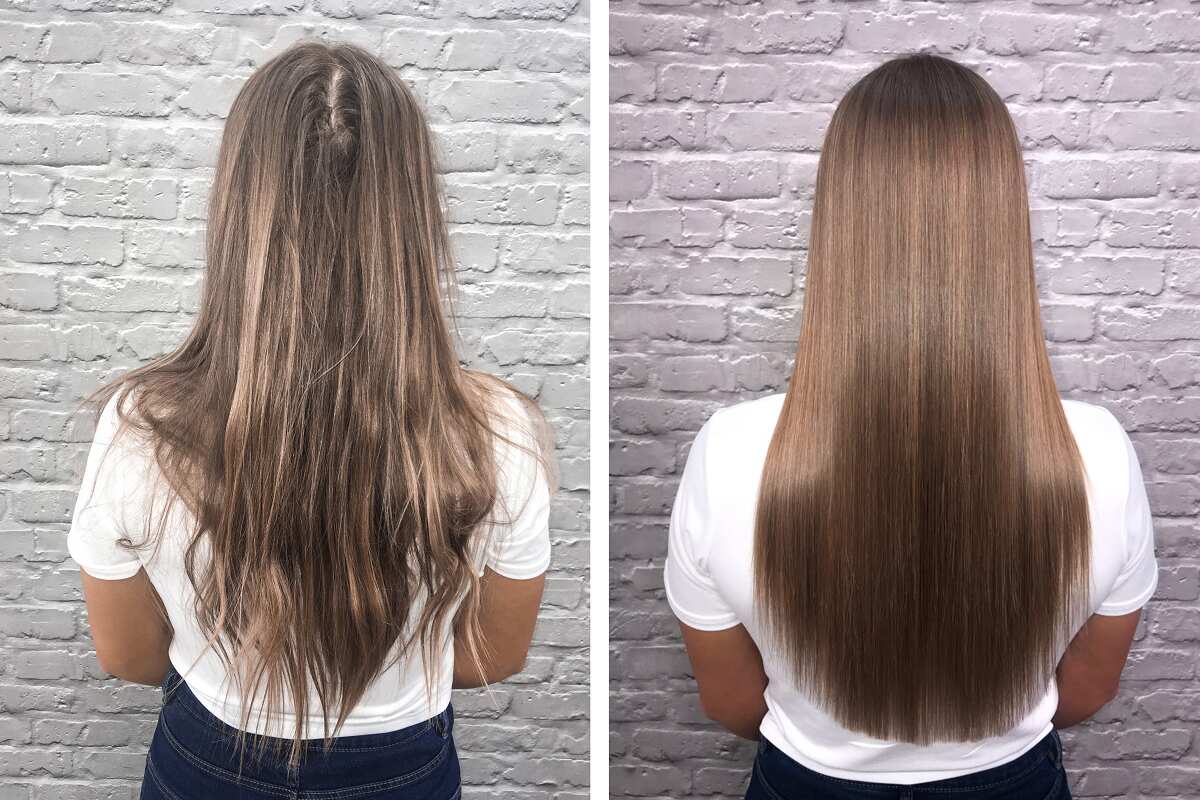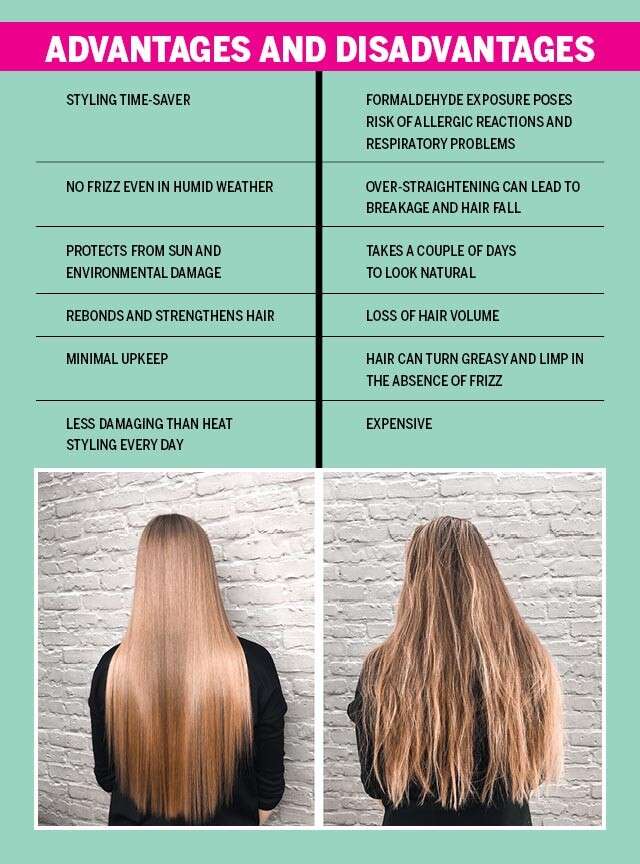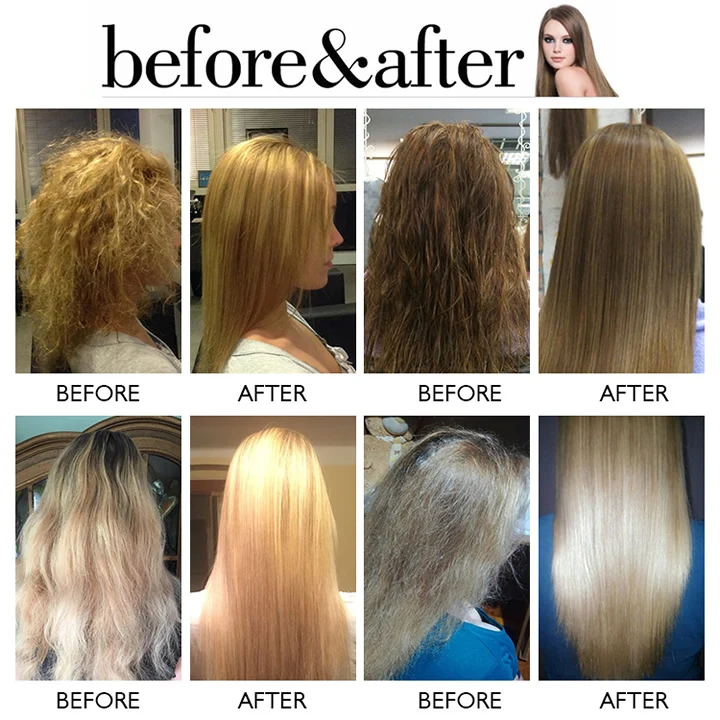Does Keratin Treatment Work On Curly Hair

Does Keratin Treatment Work On Curly Hair?
What is Keratin Treatment?
Keratin treatment is a revolutionary hair treatment that helps to smooth and straighten curly hair. It is also known as a Brazilian blowout or a keratin smoothing treatment. The treatment is typically done in a salon and can last 3-6 months depending on the type of treatment and hair type. It is important to note that this type of treatment is only recommended for those with naturally curly or wavy hair, as it won’t work on straight hair.
How Does Keratin Treatment Work?
The treatment works by using keratin, a naturally occurring protein in the hair, to smooth out the hair’s cuticle. The smoothing process seals the hair, resulting in a smoother and shinier look. The keratin is applied to the hair in the form of a cream, gel, or lotion, which is then sealed in with a flat iron. This helps to lock in the keratin and keep the hair straight and smooth.
What are the Benefits of Keratin Treatment on Curly Hair?
Keratin treatment on curly hair can offer a number of benefits, such as:
- Reducing frizz and flyaways
- Making the hair easier to style
- Improving the manageability of the hair
- Adding shine and softness to the hair
In addition, this type of treatment can also help to protect the hair from environmental damage and reduce the amount of time it takes to style the hair.
Are There Any Downsides to Keratin Treatment on Curly Hair?
Keratin treatment on curly hair can also have some downsides, such as:
- The treatment can be costly
- The hair may become dry and brittle over time
- The treatment can damage the hair if not done properly
- The effects of the treatment can be temporary
It is important to note that the effects of the treatment can vary from person to person, so it is best to consult with a professional before undergoing the treatment.
Conclusion
Keratin treatments can be a great option for those with curly or wavy hair who are looking to reduce frizz and improve the manageability of their hair. However, it is important to understand the potential risks and downsides of the treatment before undergoing it. Consulting with a professional can help to ensure that the treatment is done properly and will yield the desired results.
What is keratin treatment? Review, side effects and hair care guide YEN

What is Keratin Treatment and How Does it Work? | Show Salons

Дневник Bateman_Broberg : LiveInternet - Российский Сервис Онлайн-Дневников

4 Amazing Benefits of Keratin Treatments | Koto Hair
How Long Does Keratin Hair Straightening Last – MedBeautys.com

Benefits Of Keratin Treatment And How To Get Smooth Hair With Keratin
6 Benefits of Keratin Treatments for Curly Hair - YouTube

How Long Does Keratin Straightening Treatment Last

Keratin Treatment Niles | No more Frizz or Unmanageable Hair

Hair Growth Keratin Treatment : Is keratin treatment good for hair
